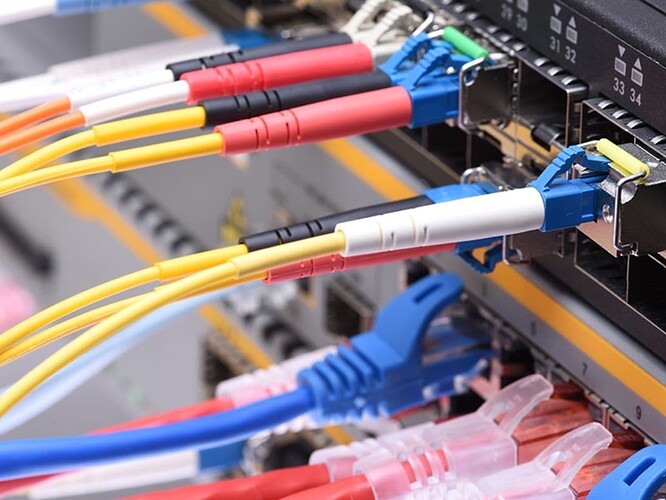When working with DWDM (Dense Wavelength Division Multiplexing) technology, it’s important to understand the two main types of shelves used in optical transmission systems:
1. Electrical Shelf
- Contains electrical boards such as:
- Tributary boards
- Cross-connection boards
- Line boards
2. Optical Shelf
- Contains optical boards such as:
- Amplifiers
- ROADMs (Reconfigurable Optical Add-Drop Multiplexers)
- Interleavers
- Attenuators
- Filters (e.g., multiplexers and demultiplexers)
Additionally, there are two types of management signals for node and site provisioning:
1. ESC (Electrical Supervisory Channel)
- Embedded within the OTN (Optical Transport Network) frame.
- Sent along with the traffic, similar to the GCC (General Communication Channel) bytes.
2. OSC (Optical Supervisory Channel)
- Sent using a separate wavelength (typically 1510 nm, outside the C-band).
- Uses the same physical fiber as the traffic.
- Ensures management connectivity remains active even in cases of transponder, multiplexer, or amplifier failures.
Finally, it’s important to distinguish between the network layers:
- L1 (Layer 1): Refers to the electrical layer.
- L0 (Layer 0): Refers to the optical layer.
LinkedIn: ![]()
